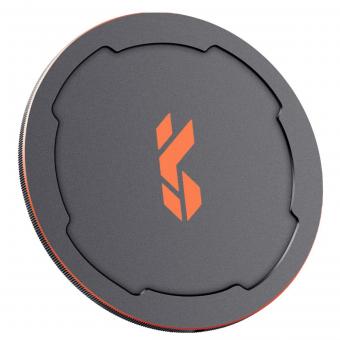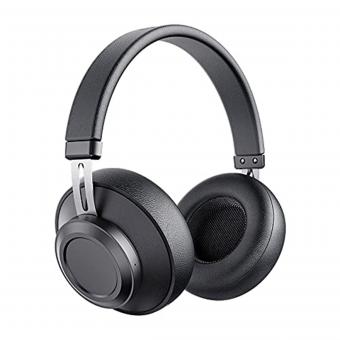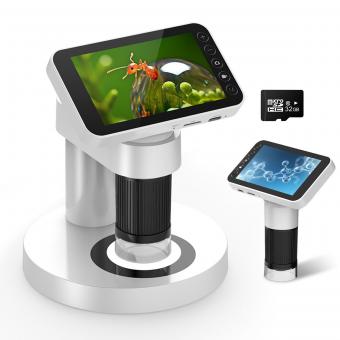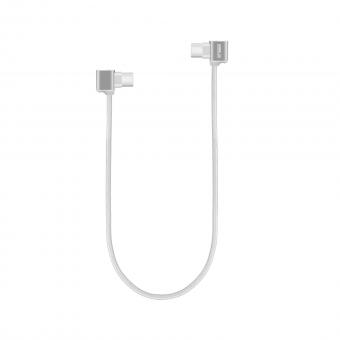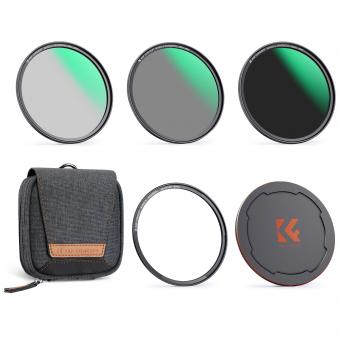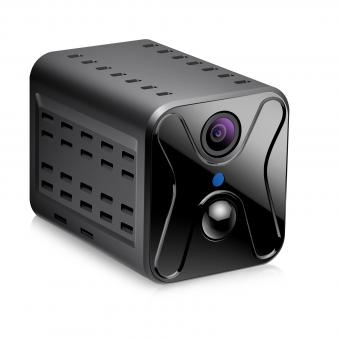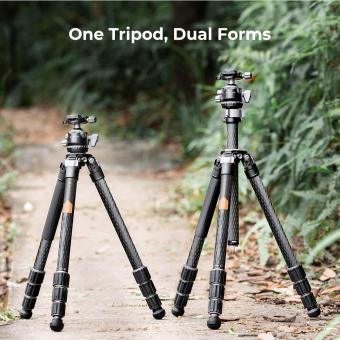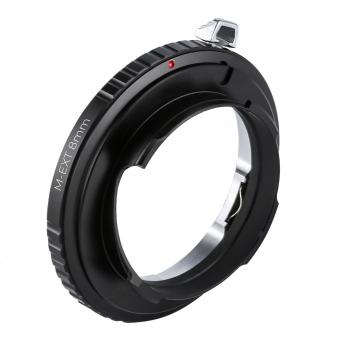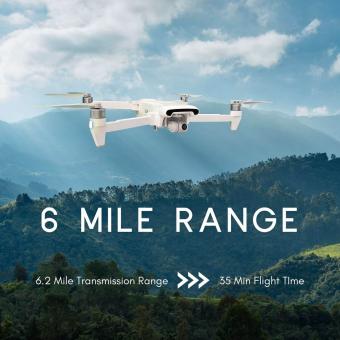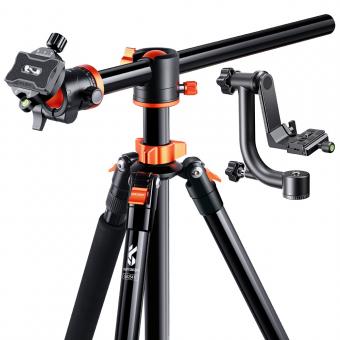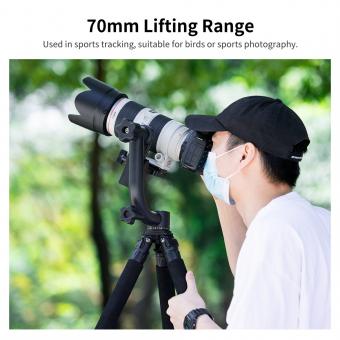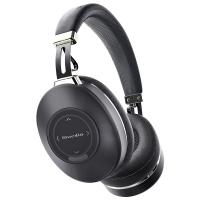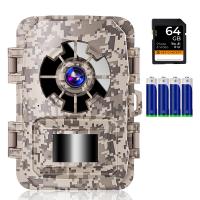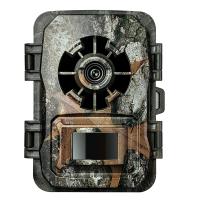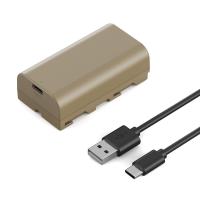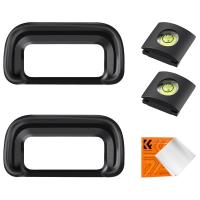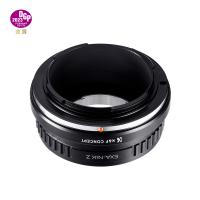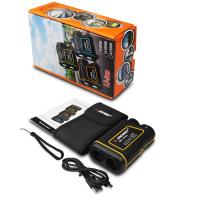Are Gimbals Worth It ?
Yes, gimbals are worth it for those who want to capture smooth and stable footage while filming with a camera or smartphone. Gimbals use motors and sensors to stabilize the camera and reduce shake and vibrations, resulting in professional-looking footage. They are particularly useful for capturing action shots, walking or running shots, and panning or tilting movements. Gimbals are also versatile and can be used with a variety of cameras and smartphones, making them a valuable tool for content creators, vloggers, and filmmakers. While gimbals can be expensive, there are affordable options available that still provide excellent stabilization and features. Overall, if you want to take your video content to the next level, investing in a gimbal is definitely worth it.
1、 Definition and history of gimbals
Definition and history of gimbals:
A gimbal is a pivoted support that allows an object to remain suspended in a fixed position, regardless of the motion of its support. It consists of two or more rings or frames, each capable of rotating about an axis perpendicular to the other. The earliest known use of gimbals was in ancient China, where they were used in the form of a simple suspension system for incense burners. Later, gimbals were used in navigation instruments such as compasses and sextants, and in cameras and telescopes to keep them steady while in use.
Today, gimbals are widely used in the film and photography industry to stabilize cameras and capture smooth, steady footage. They are also used in drones to keep the camera steady while in flight. The latest advancements in gimbal technology have made them more affordable and accessible to amateur filmmakers and photographers.
Are gimbals worth it?
The answer to this question depends on the individual's needs and budget. If you are a professional filmmaker or photographer, a gimbal is an essential tool for capturing smooth, stable footage. It can also save time and money by reducing the need for post-production stabilization. However, if you are an amateur filmmaker or photographer, a gimbal may not be necessary, as handheld footage can add a sense of realism and authenticity to your work.
In recent years, the popularity of gimbals has increased due to the rise of social media and the demand for high-quality content. As a result, there are now a wide variety of gimbals available on the market, ranging from affordable options for beginners to high-end models for professionals. Ultimately, the decision to invest in a gimbal depends on your specific needs and budget, but for those who prioritize smooth, stable footage, a gimbal is definitely worth considering.
2、 Types of gimbals and their applications
Types of gimbals and their applications
Gimbals are devices that help stabilize cameras, smartphones, and other equipment to capture smooth and steady footage. There are different types of gimbals available in the market, each with its unique features and applications.
1. Handheld gimbals: These are the most common type of gimbals used by videographers and filmmakers. They are designed to be held by hand and provide smooth and stable footage while walking or running. Handheld gimbals are ideal for shooting vlogs, documentaries, and action scenes.
2. Drone gimbals: These gimbals are designed to be mounted on drones to capture aerial footage. They are lightweight and compact, and they help stabilize the camera while the drone is in motion. Drone gimbals are ideal for capturing stunning aerial shots for films, commercials, and documentaries.
3. Motorized gimbals: These gimbals are equipped with motors that help stabilize the camera and provide smooth footage even when the operator is moving. They are ideal for shooting action scenes, sports events, and wildlife documentaries.
4. Smartphone gimbals: These gimbals are designed to hold smartphones and provide smooth and stable footage while shooting videos or taking photos. They are ideal for vlogging, social media content creation, and travel videos.
Are gimbals worth it?
Gimbals are definitely worth it if you are serious about videography or filmmaking. They help you capture smooth and stable footage, which is essential for creating professional-looking videos. Gimbals are also easy to use and can be operated by anyone, regardless of their experience level. With the rise of social media and video content creation, gimbals have become an essential tool for content creators. They help you stand out from the crowd by providing high-quality footage that is sure to impress your audience. Overall, gimbals are a great investment for anyone who wants to take their videography or filmmaking to the next level.
3、 Advantages and disadvantages of using gimbals
Advantages and disadvantages of using gimbals:
Gimbals are a popular tool for stabilizing cameras and other equipment, and they offer several advantages. One of the main advantages of using a gimbal is that it can help you capture smooth, steady footage, even when you're moving around or shooting in challenging conditions. This can be especially useful for filmmakers, videographers, and photographers who want to create professional-looking content.
Another advantage of using a gimbal is that it can help you save time and money by reducing the need for additional equipment or post-production editing. With a gimbal, you can often capture the shots you need in a single take, without having to worry about shaky footage or other issues that might require additional editing or reshoots.
However, there are also some disadvantages to using gimbals. One of the main drawbacks is that they can be expensive, especially if you're looking for a high-quality gimbal that can handle heavier cameras or equipment. Additionally, gimbals can be bulky and difficult to transport, which can be a challenge if you're traveling or shooting on location.
Another potential disadvantage of using a gimbal is that it can be difficult to use effectively, especially if you're new to filmmaking or photography. It can take time and practice to learn how to balance your camera or equipment properly on a gimbal, and you may need to experiment with different settings and techniques to get the results you want.
Overall, whether or not gimbals are worth it depends on your specific needs and goals as a filmmaker or photographer. If you're looking to capture smooth, professional-looking footage and are willing to invest in a high-quality gimbal and put in the time and effort to learn how to use it effectively, then a gimbal can be a valuable tool. However, if you're on a tight budget or don't need the level of stabilization that a gimbal provides, then you may be better off exploring other options.
4、 Factors to consider when choosing a gimbal
Factors to consider when choosing a gimbal:
1. Compatibility: Make sure the gimbal you choose is compatible with your camera or smartphone.
2. Payload capacity: Consider the weight of your camera or smartphone and choose a gimbal with a suitable payload capacity.
3. Stabilization: Look for a gimbal with good stabilization features to ensure smooth and steady footage.
4. Battery life: Check the battery life of the gimbal and make sure it is sufficient for your needs.
5. Portability: If you plan to use the gimbal on the go, consider its size and weight for easy portability.
6. Price: Gimbals can range from affordable to expensive, so consider your budget when choosing one.
7. Brand reputation: Look for a reputable brand with good customer reviews and support.
8. Additional features: Some gimbals come with additional features such as remote control, time-lapse, and motion tracking. Consider if these features are important to you.
In recent years, gimbals have become increasingly popular among content creators and filmmakers. They offer a level of stabilization that was previously only achievable with expensive equipment. With the rise of social media and the demand for high-quality content, gimbals have become a valuable tool for creating professional-looking videos. However, whether or not a gimbal is worth it depends on your specific needs and budget. If you are a professional filmmaker or content creator, a gimbal may be a necessary investment. However, if you are a casual user, a gimbal may not be essential. Ultimately, it is up to you to decide if the benefits of a gimbal outweigh the cost.

